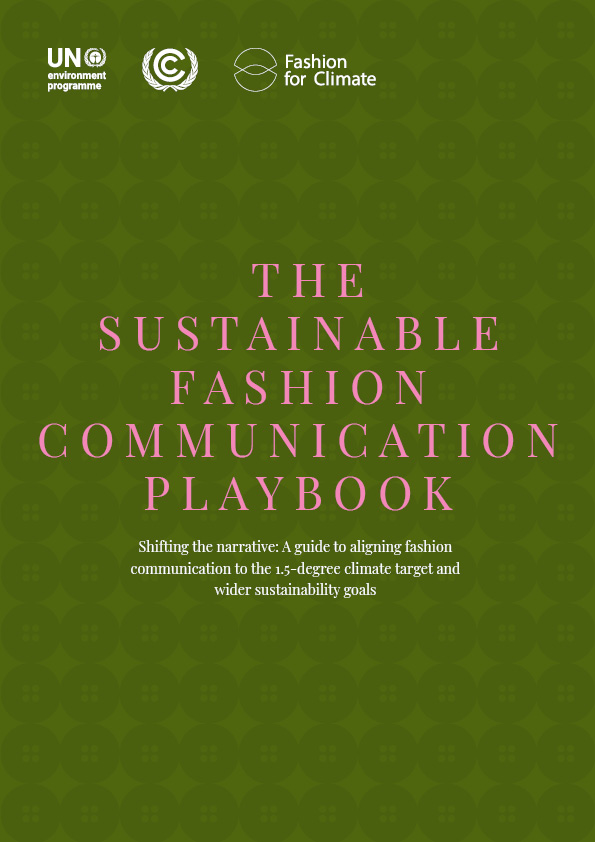A framework for enabling circular business models in Europe
The circular economy has become a priority policy topic in Europe (EC, 2015, 2020) and is a key objective of the European Green Deal. There is increasing interest in the potential for altering traditional business models to enable materials and products to be reused and remain in the economy for as long as possible — as opposed to being used once and then discarded. This briefing presents an analytical framework, identifying actions that can be taken to implement circular business models effectively.
Key messages
Circular economy in Europe requires the implementation and upscaling of circular business models on a wide scale.
Meeting circular economy goals (e.g. reuse, repair, recycling) requires innovation in the type of business model used (e.g. moving from sales to leasing), technological innovation (new technologies) and social innovation (new ways of interacting or connecting business and people).
Implementing and upscaling circular business models requires policy enablers that puts in place a supportive policy framework and of behaviour that leads to a change in consumption behaviour and education.
Taking the textiles system as a test case, there are four main circular business model types, each supporting the shift towards circularity: (1) ensuring products’ longevity and durability; (2) access-based models (renting and leasing); (3) textile collection and resale; and (4) recycling and reusing materials.
Meeting circular economy goals (e.g. reuse, repair, recycling) requires innovation in the type of business model used (e.g. moving from sales to leasing), technological innovation (new technologies) and social innovation (new ways of interacting or connecting business and people).
Implementing and upscaling circular business models requires policy enablers that puts in place a supportive policy framework and of behaviour that leads to a change in consumption behaviour and education.
Taking the textiles system as a test case, there are four main circular business model types, each supporting the shift towards circularity: (1) ensuring products’ longevity and durability; (2) access-based models (renting and leasing); (3) textile collection and resale; and (4) recycling and reusing materials.

